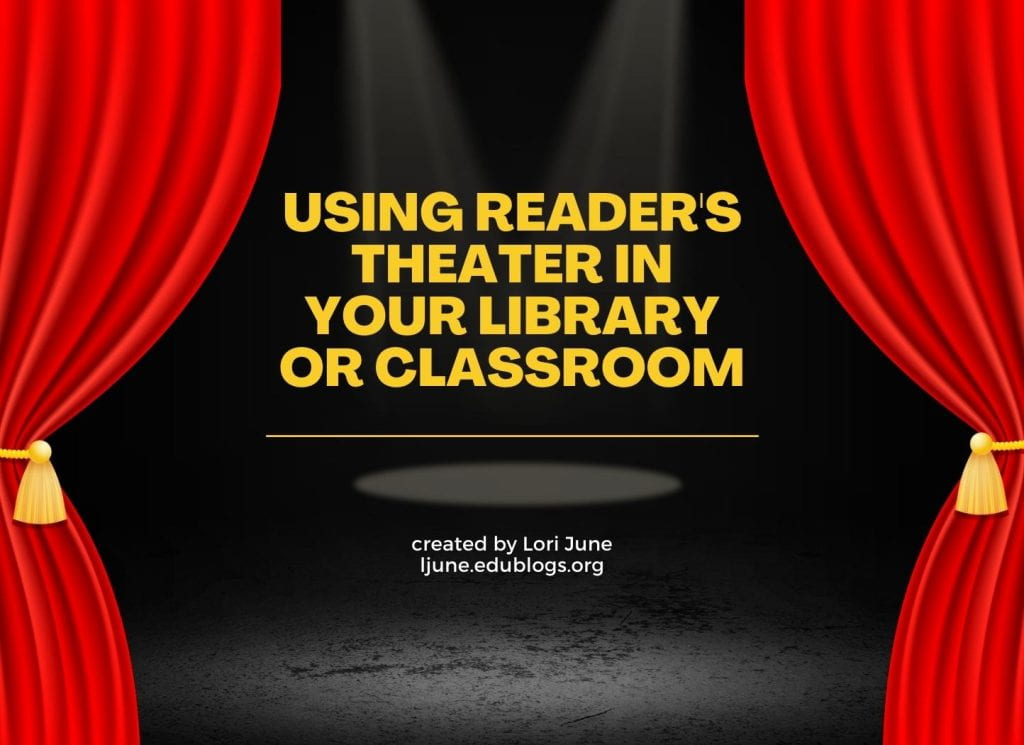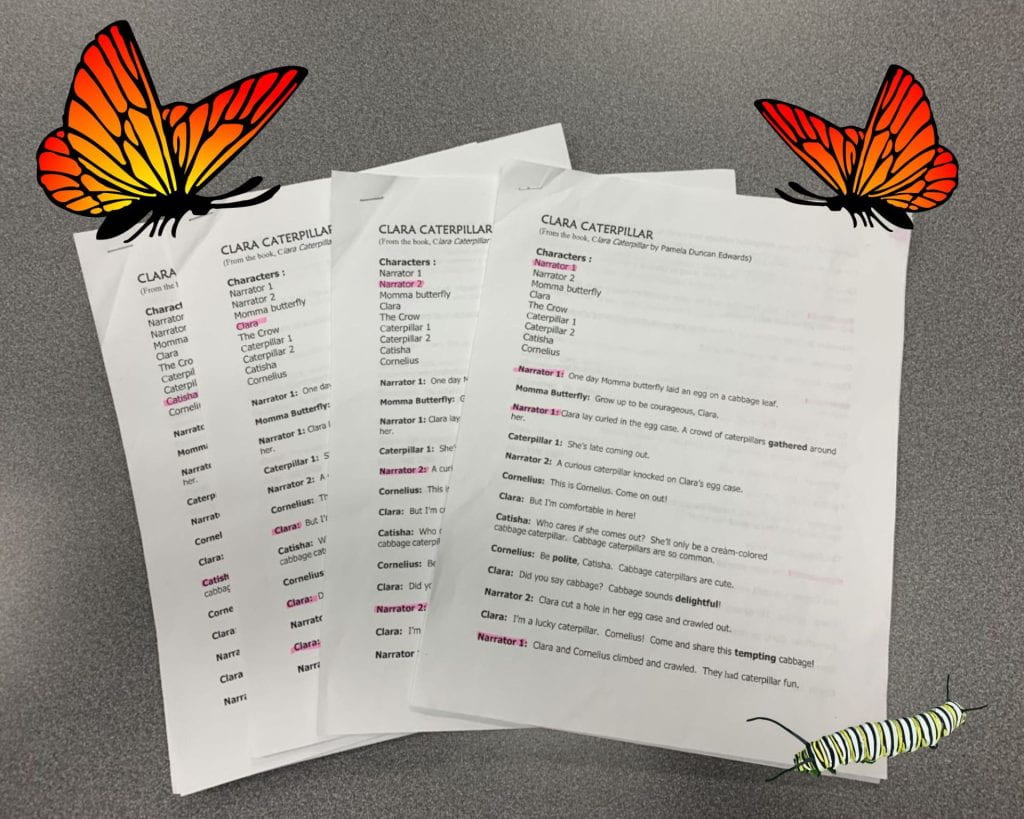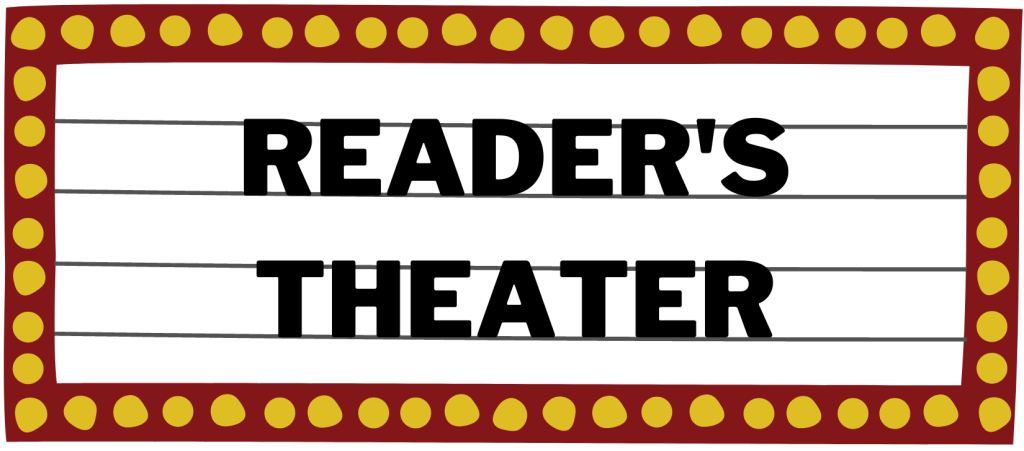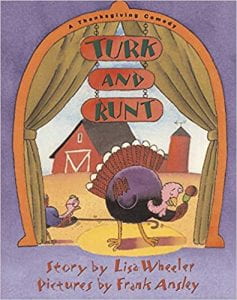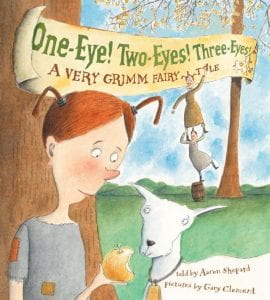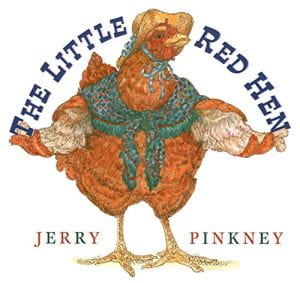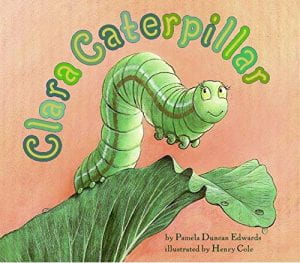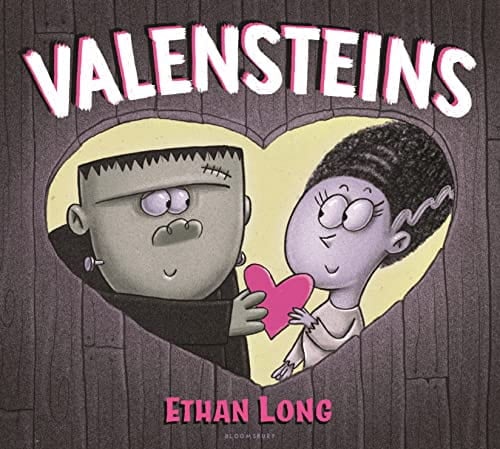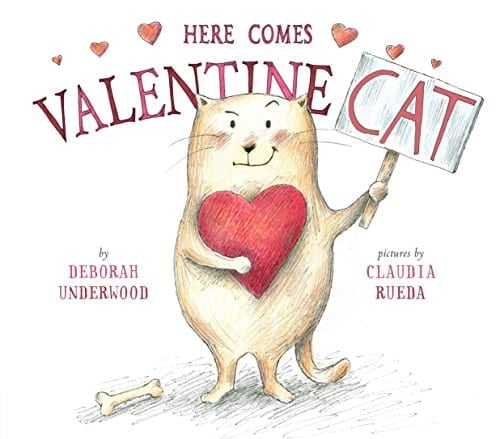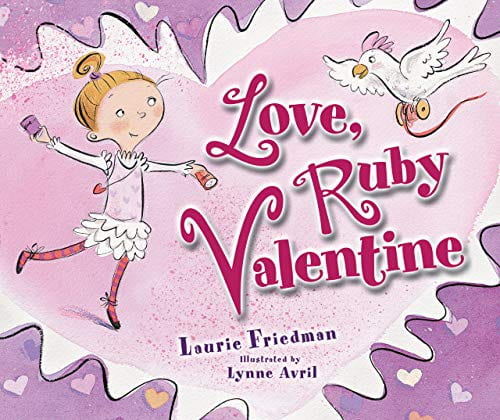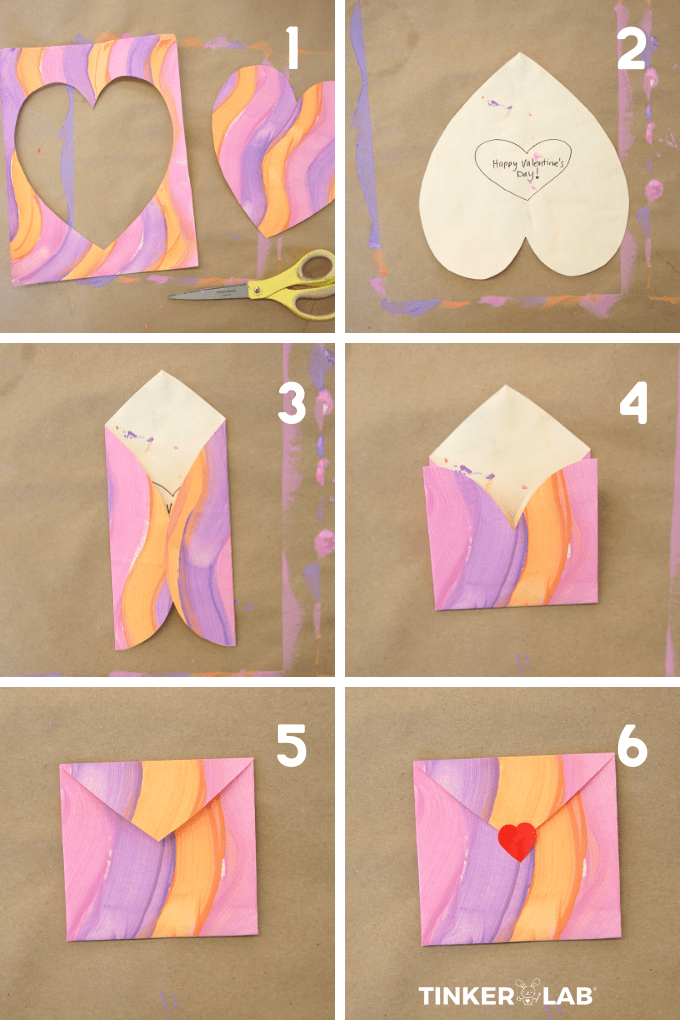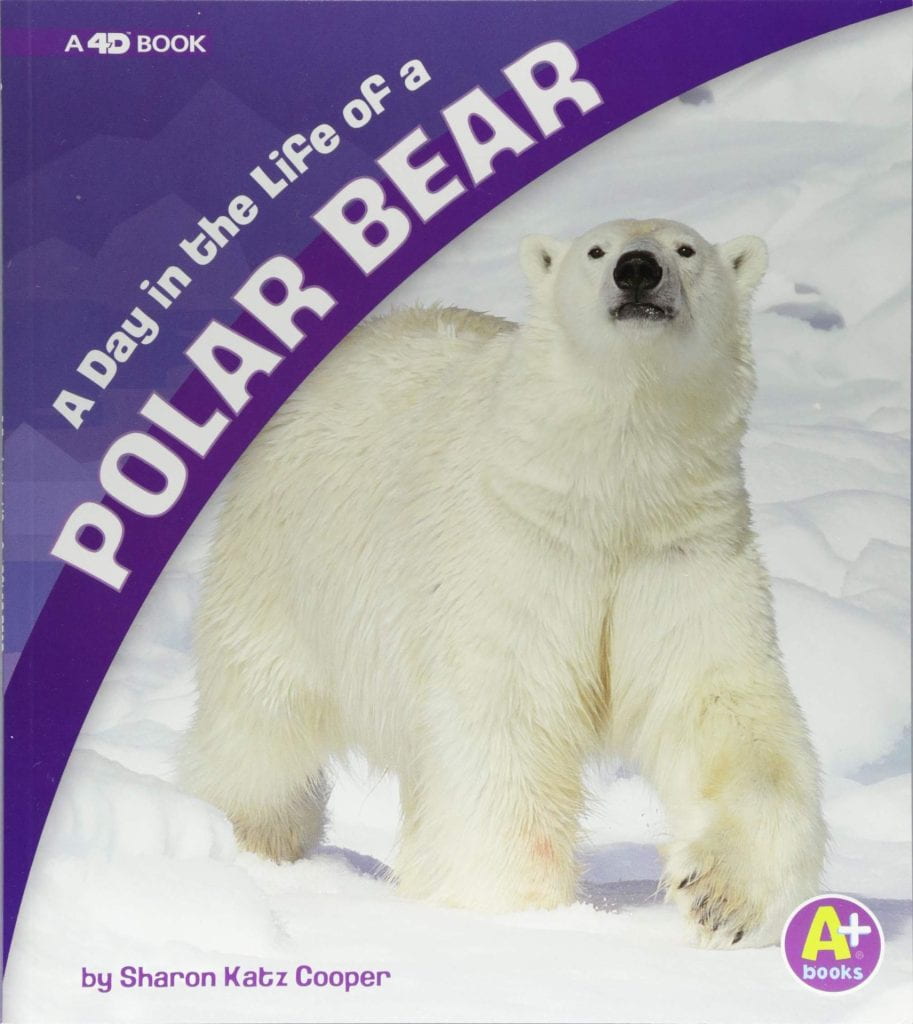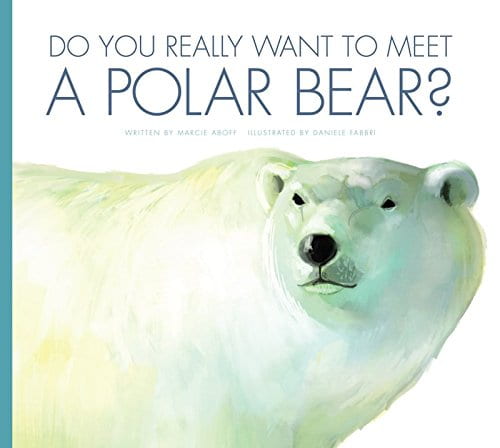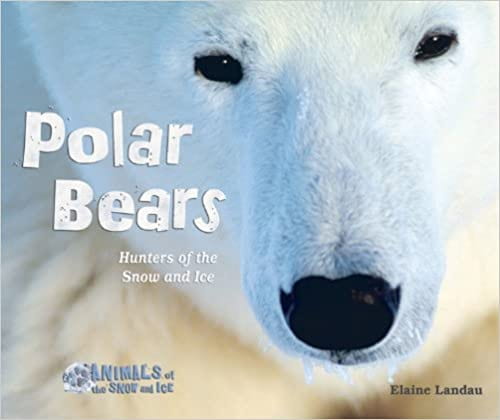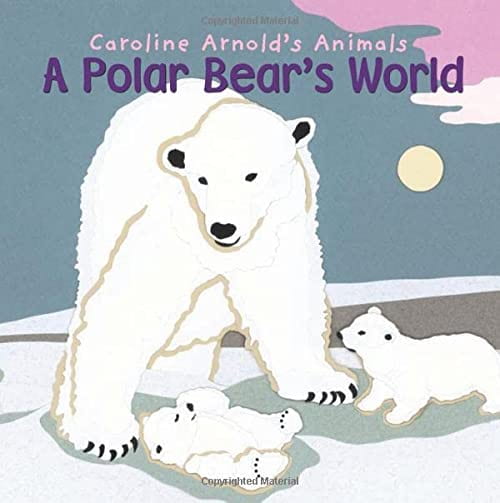Happy Haiku Day!
As we celebrate National Poetry Month, we’re focusing this week on haiku. This is a great format to use with students because it’s so accessible, plus it lends itself well to student writing. To quote from the lovely author’s note in the back of Dogku, the first book listed below, “Ever feel like there are so, so many words? And how could I ever put some together and make a poem? That’s when a haiku can seem like a lifeboat.”
These are some of the books from my library collection that I’m using. Click the book title to look inside and/or purchase. As an Amazon associate I earn a small commission on your purchase at no additional cost to you.
 Dogku by Andrew Clements, illustrated by Tim Bowers
Dogku by Andrew Clements, illustrated by Tim Bowers
This book is a great way to introduce the format of haiku to students because the poems work together to tell a narrative of a stray dog (Mooch) who is adopted by a loving family. You can read the book and enjoy the story at face value, and then go back and examine the elements of haiku in each poem. Nominated for the S.C. Book Award
- Have students write a pet-ku about a pet they own or wish they owned
- Have students research various breeds of dogs and write a dogku that highlights facts about the animal
 One Leaf Rides the Wind: Counting in a Japanese Garden by Celeste Davidson Mannis, illustrated by Susan Kathleen Hartrung
One Leaf Rides the Wind: Counting in a Japanese Garden by Celeste Davidson Mannis, illustrated by Susan Kathleen Hartrung
As the title suggests, this book pays homage both to the Japanese origin of haiku and to the traditional nature themes. Each page features our protagonist enjoying a beautiful Japanese garden and includes both a haiku and a paragraph of background information to help readers understand the cultural importance of each element. The counting theme is an added bonus for younger students. Copyright 2002, starred reviews from Kirkus and Publisher’s Weekly
- Have students explore an outdoor area (during the school day or at home) and choose something from nature to write about. Use this Haiku Lesson Plan from ReadWriteThink
- Brainstorm other outdoor areas (amusement park, campground, beach, etc) and choose one as the subject for a haiku counting book. Let each student contribute a poem and an illustration for the book.
 Lion of the Sky: Haiku for All Seasons by Laura Purdie Salas, illustrated by Merce Lopez
Lion of the Sky: Haiku for All Seasons by Laura Purdie Salas, illustrated by Merce Lopez
Haiku meet riddles with students having the opportunity to guess the object of each poem. This book is richly yet delicately illustrated, and the large format makes it a good choice to read aloud to a group. An answer key is provided for those who need it. Copyright 2019, starred reviews from Booklist and Kirkus.
- View the book trailer here to see samples of the poems and illustrations
- The author’s note includes tips to help students write their own riddle-ku poems
- Have students research zoo animals and then use this brainstorming worksheet from the author to help students create Zoo-ku riddles of their own
 Guess Who, Haiku by Deanna Caswell, illustrated by Bob Shea
Guess Who, Haiku by Deanna Caswell, illustrated by Bob Shea
More haiku riddles, this time for younger readers. Each poem is a clue to a common animal, but there’s a twist: The author’s note includes the information that the hai in haiku means “to make light of” or “to make a joke of” so she highlights that element of play by constructing the poems so that the middle line of each can be covered up and the meaning can still be understood. An explanation of what a syllable is and how to determine how many are in a line is also provided. Copyright 2016, starred review from Kirkus
- Have students write new middle lines for the poems
- As you read each haiku, allow students to draw a picture of the animal they think is being described
 Read, Recite, and Write Haiku by JoAnn Early Macken
Read, Recite, and Write Haiku by JoAnn Early Macken
Part of the Poet’s Workshop series, this book is an excellent how-to resource for teachers and students who want to do a deep dive into writing haikus. It’s packed with instructions, tips, and activities to help students develop their poetry writing and performing skills. Copyright 2015, starred review from School Library Journal
Also, check out these additional online haiku resources:
 Teaching Kids Haiku with Kwame Alexander – this YouTube video is a great introductory lesson to writing haiku, and Newbery-award-winning author Kwame Alexander knows exactly how to talk to students and hold their attention. You may also want to get his book The Write Thing which teaches you how to move students step-by-step from ideas, to drafts, to finished works.
Teaching Kids Haiku with Kwame Alexander – this YouTube video is a great introductory lesson to writing haiku, and Newbery-award-winning author Kwame Alexander knows exactly how to talk to students and hold their attention. You may also want to get his book The Write Thing which teaches you how to move students step-by-step from ideas, to drafts, to finished works.
 Haiku Poem Interactive from ReadWriteThink – provides space for students to brainstorm, write, and add an image to their haiku
Haiku Poem Interactive from ReadWriteThink – provides space for students to brainstorm, write, and add an image to their haiku
 Haiku Lesson Plan from Edsitement – a complete lesson plan, including common core standards
Haiku Lesson Plan from Edsitement – a complete lesson plan, including common core standards
 Four Tips for Teaching Haiku Poetry from The Butterfly Teacher – lots of good advice plus a free Google Slides Haiku Activity when you subscribe to her newsletter (Note: the printable haiku resources shared on her site are paid items from her TPT store.)
Four Tips for Teaching Haiku Poetry from The Butterfly Teacher – lots of good advice plus a free Google Slides Haiku Activity when you subscribe to her newsletter (Note: the printable haiku resources shared on her site are paid items from her TPT store.)
What are your favorite books and resources for exploring haiku with students? Tell us in the comments!




